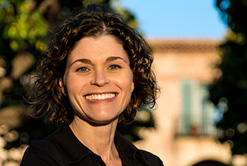Blog Archives
Physician Burnout Report 2018
Physician Heal Thyself By Getting Help
I wrote recently about burnout, which affects 37.9% of doctors, as compared to 27.8% of the general population, according to an Archives of Internal Medicine study.
Beyond burnout, suicidality is a major problem for doctors. Physicians have much higher suicide rates than the general population with male doctors at 70% higher and female physicians at 250-400% higher, according to a JAMA piece.
For the younger cohort in the profession, things are also rough: Fifteen to 30% of medical students and residents screen positively for depression, according to Medscape, and suicide is the number one cause of death among medical residents.
Excessive work burdens and expectations, lack of a perceived internal locus of control, and isolation from friends and family can all lead to clinical depression among medical students and trainees. It’s critical to take note if you see symptoms in yourself or colleagues, including hopelessness, withdrawal, anger, recklessness, anxiety, substance abuse, excessive feelings of guilt, and inability to concentrate. Realizing that many others are in the same boat and that most institutions have psychological counseling options can be a relief. Additionally, a national resource is the National Suicide Prevention Lifeline at 1 800 273 TALK.
Physician Burnout
The Medscape Physician Lifestyle Report 2015 is out, and don’t be surprised if you find it a little discouraging. U.S. physicians suffer more burnout than other U.S. workers with 46% of American doctors reporting the problem. Critical care doctors are most affected at 53%, followed by emergency physicians at 52%. The report cites bureaucracy, administrative tasks, and long work hours, among other causes.
Check out this piece on emergency physician burnout to better understand why there is such a disconnect between medical student interest and physician satisfaction in the emergency medicine field.

